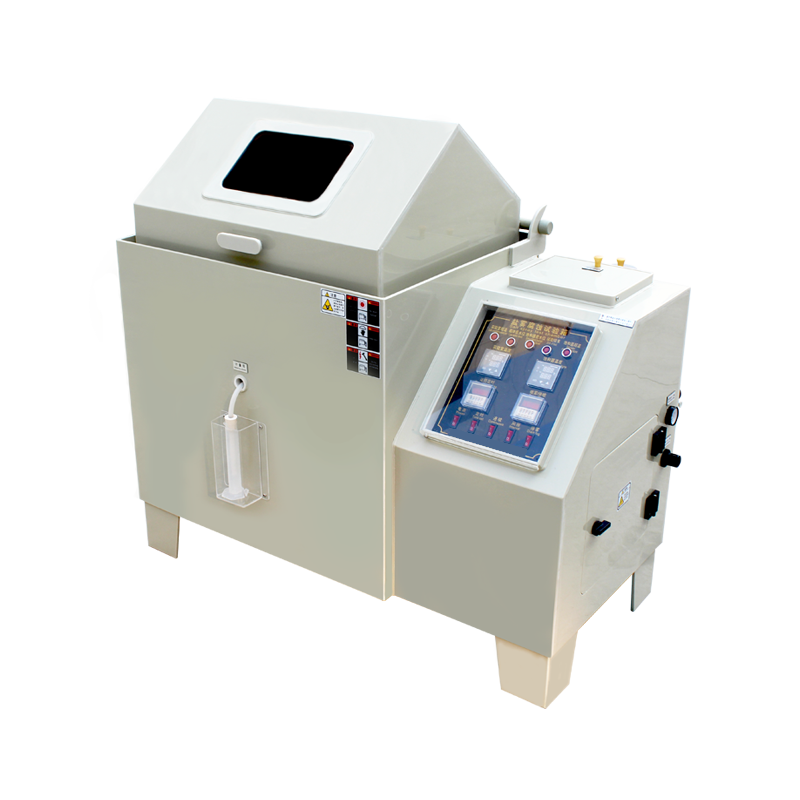In modern construction, steel is one of the fundamental materials, and its quality is directly tied to the safety and durability of buildings. Consequently, inspection standards for construction steel keep rising, and salt-spray testing—an essential evaluation method—is drawing increasing attention both inside and outside the industry. So, are the salt-spray test requirements for construction steel truly demanding?
-
Standards are continuously elevated. Industry consensus holds that meeting national standards such as GB/T 10125-2012—ensuring that steel remains stable after prolonged salt-spray exposure without noticeable rusting or degradation—is a fundamental requirement for construction steel. These standards specify not only test duration and environmental conditions but also impose strict evaluation and acceptance criteria, all aimed at guaranteeing long-term reliability and safety of buildings.

-
The role of salt-spray testing extends beyond simple pass/fail verification. With the adoption of advanced anti-corrosion coatings and technologies, salt-spray testing enables companies to effectively evaluate the performance and reliability of different materials and coatings. In an increasingly competitive market, materials that pass rigorous salt-spray tests gain a distinct edge and become industry leaders.
-
High-level salt-spray requirements do more than raise the quality bar for construction steel—they drive technological progress and innovation across the entire construction sector. This is not only a challenge for manufacturers but also a catalyst for elevating industry-wide quality.












